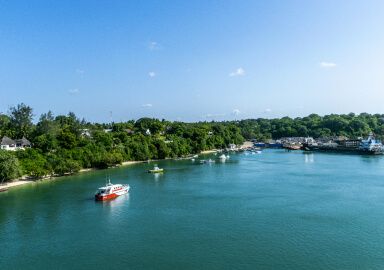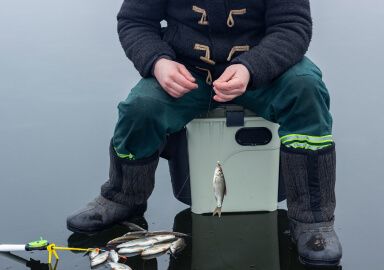Cobia
The cobia, also known as lemonfish, black kingfish or prodigal son, is a large predatory fish with a long, thin body, found in most of the warmer waters of the world.
View 81 listings
81
listings
–
price starting from
8
countries
–
to the nearest trip
Where and When?
Cobia is a single species which is distributed around the globe in warmer waters apart from, interestingly, the eastern Pacific Ocean. It is a target of sport anglers in USA, all around the Caribbean Sea, northern South America, western, southern and eastern Africa as well as around Australia. It is mostly caught from small charter boats in open water but can be caught from the shores or piers in places like south eastern USA, South Africa and Australia.
Some of the most popular areas for catching cobia are from sport fishing resorts along the eastern seaboard of USA and the Caribbean Islands. It is occasionally caught in estuaries and can live for extended periods in relatively fresh water. Cobia are present throughout their range in summer while, in winter months, they retreat to more tropical core areas.
About Cobia
While it is mostly a species of the open water, cobia (Rachycentron canadum) may occasionally be found in estuaries, harbours and along inshore reefs. It is more often found in the water column (pelagically) in fairly deep water where it is usually a solitary predator.
The cobia is a long, thin, torpedo shaped fish closely resembling a remora but without the sucker that is used to attach to sharks and rays. Its colour is variable but usually consists of two thick dark lines down the body and the underside is usually pale. It has small teeth and a strange lower jaw that projects slightly beyond the upper jaw. Cobia can grow to just over two metres in length with a maximum mass of 68 kilograms during its 15 years or so of life.
It is a predator of crustaceans, cephalopods (squids etc) and fish and is often found closely associated with large sharks and often follows boats closely. It often undertakes summer spawning related migrations, either northwards or southwards as appropriate, to cooler areas during the summer months.
How to Catch?
There are many ways by which cobia may be caught. Along the eastern seaboard of USA is possibly one of the most exciting places to catch them as, during their summer northwards migration, they move inshore and can often be seen from piers or in bays. Casting by sight, either with an artificial lure or fly, towards a large, cruising cobia is a thrilling and potentially very rewarding experience. General shore fishing, using live bait or natural baits in areas where cobia are common, can also occasionally produce good fish. In the open ocean they can be caught trolling or by casting lures or a fly .
In springtime cobia often cruise close to the ocean surface and sight fishing, using fly or lure, can be excellent sport. If no cobia are evident then chumming can increase chances of locating and hooking a cobia from a boat. Casting towards cruising large fish such as rays, sharks, or whale sharks can also occasionally produce excellent cobia and, when hooked, large cobia are a strong and dogged opponent not easily landed.







